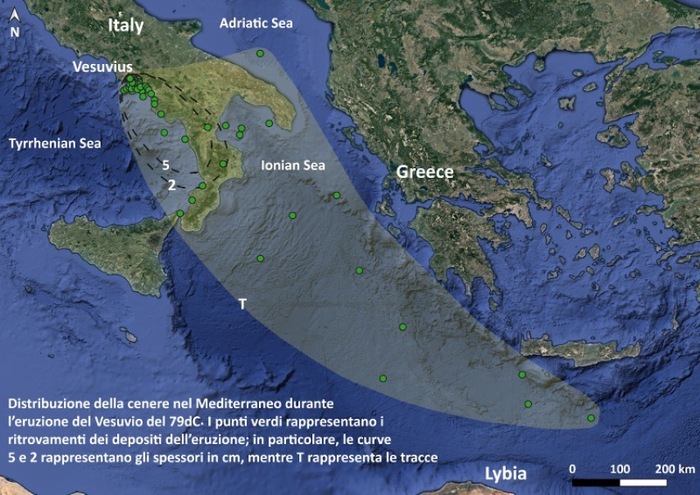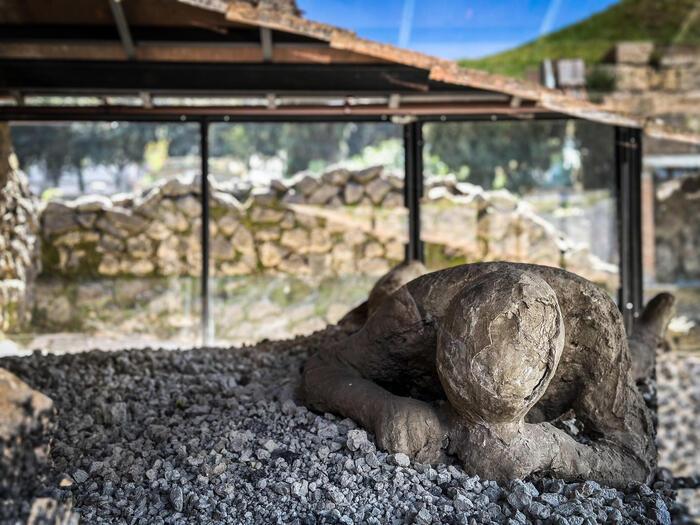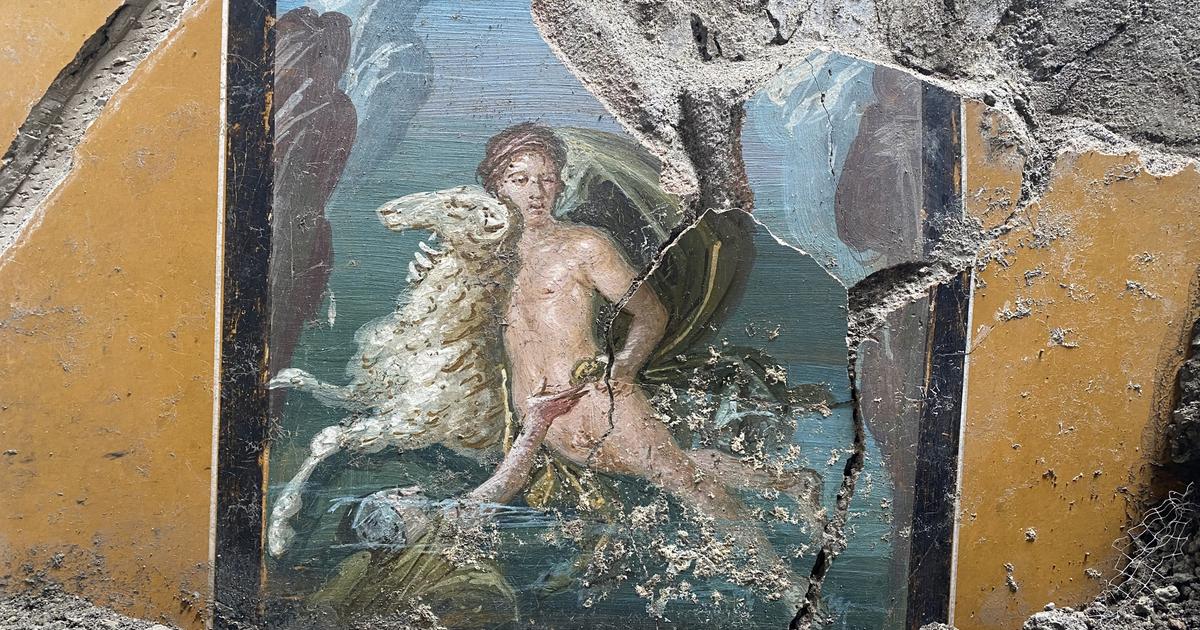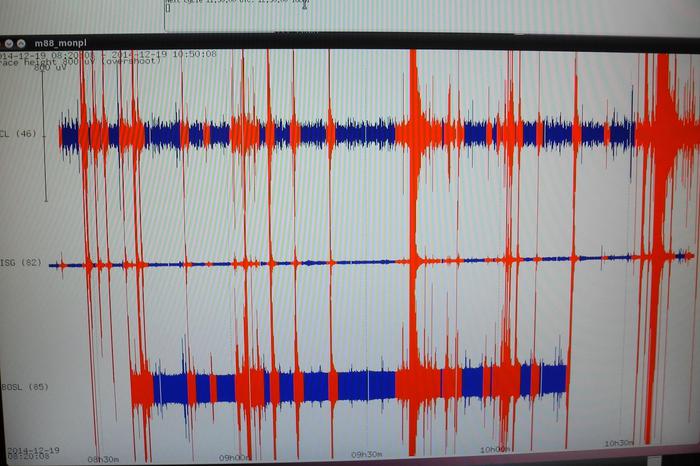The terrible eruption of Vesuvius in 79 AD did not take place between 24 and 25 August, as was previously believed, but between 24 and 25 October.
This is indicated by the research, led by Italy, published in the journal Earth-Science Reviews, which has reconstructed all the phases of the eruption, which spread the ashes as far as Greece.
The study, which provides the tools to mitigate the risk of similar events, was published in Earth-Science Reviews and conducted by Ingv in collaboration with Cnr-Igag, University of Pisa, Laboratoire Magmas et Volcans of Clermont-Ferrand and Heriot-Watt. University of Edinburgh.
Until now, the eruption had been dated in August 79 AD, based on the letter of Pliny the Younger to Tacitus, but after almost 2,000 years of field research, laboratory analysis and rereading of historical sources have made it possible to reconstruct all the phases of that event.
“The main spirit of the work was to collect data from different sources,” volcanologist Mauro Antonio Di Vito, from the National Institute of Geophysics and Volcanology (INGV), told ANSA, who coordinated the research.
"The eruption - he added - took place in eight phases" and "we have reconstructed the characteristics of each".
The first, for example, very violent, raised a column up to 8 kilometers high, which spread the pyroclastic material in nearby areas.
The ashes fell as far as Greece and the caldera, collapsing,
The reconstruction, the most detailed ever, opens the way to new research fronts on similar events and the result was obtained thanks to the collaboration with the Institute of Environmental Geology and Geoengineering of the National Research Council (Cnr-Igag), Interdepartmental Center for the study of the effects of climate change (Cirsec) of the University of Pisa, the French Laboratoire Magmas et Volcans of Clermont-Ferrand and the School of Engineering and Physical Sciences (Eps) of the Heriot-Watt University of Edinburgh.
"Since the thirteenth century, the date of 24 August has been the subject of debate among historians, archaeologists and geologists because it is inconsistent with numerous evidences", observed Biagio Giaccio, from Igag-Cnr and co-author of the article.
For example, he said again, a question mark remained the "finds, in Pompeii, of typically autumnal fruit or the heavy tunics worn by the inhabitants, which did not reconcile with the date of 24-25 August".
The most important clue about the inaccuracy of the date emerged a few years ago: "An inscription in charcoal on the wall of a building in Pompeii which, translated, quotes The sixteenth day before the calends of November, he indulged in food in a way immoderate ', indicating that the eruption certainly occurred after October 17, ”Giaccio said again.
The main objective of this great reconstruction work, however, is "to understand how an event from the past can represent a window to the future, opening new perspectives for the study of similar events that may occur tomorrow", said another author of the research. the volcanologist Domenico Doronzo, of Ingv.
For Di Vito, this reconstruction "teaches us a lot about the impact that eruptions can have on the territory", "with these studies we are able to know every element that characterized the eruption, to the point of simulating what a Saellite would see".









